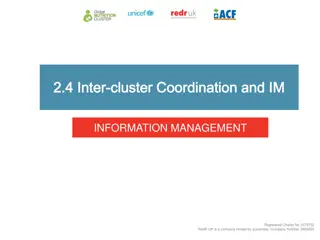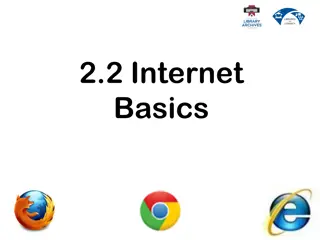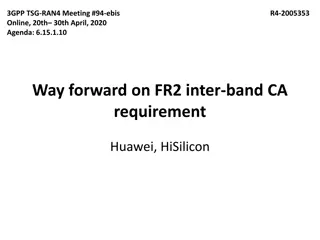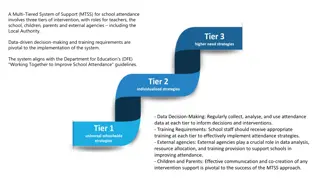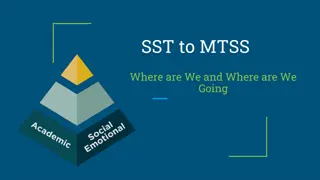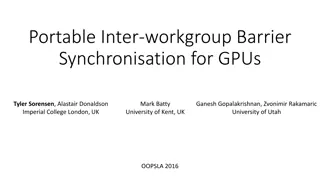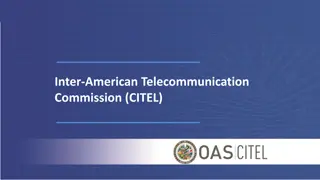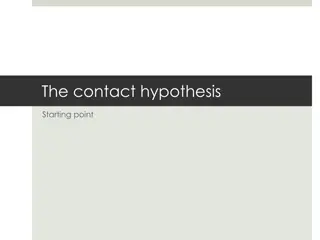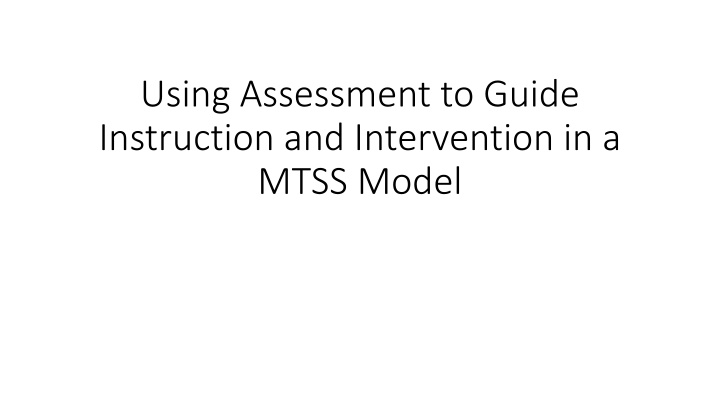
Utilizing Assessments in MTSS Framework for Targeted Instruction and Support
Enhance student learning outcomes through strategic assessment practices in a Multi-Tiered System of Supports (MTSS) model. Explore various assessment types such as screenings and progress monitoring to identify student needs and guide instructional interventions effectively.
Download Presentation

Please find below an Image/Link to download the presentation.
The content on the website is provided AS IS for your information and personal use only. It may not be sold, licensed, or shared on other websites without obtaining consent from the author. If you encounter any issues during the download, it is possible that the publisher has removed the file from their server.
You are allowed to download the files provided on this website for personal or commercial use, subject to the condition that they are used lawfully. All files are the property of their respective owners.
The content on the website is provided AS IS for your information and personal use only. It may not be sold, licensed, or shared on other websites without obtaining consent from the author.
E N D
Presentation Transcript
Using Assessment to Guide Instruction and Intervention in a MTSS Model
Types of Assessment Screening Progress Monitoring Diagnostic Assessments
Screening Assessments Definition: Essential Elements of Screening Webinar The measures are used to determine which students may be in need of intervention either strategic Tier 2 or intensive Tier 3 How often: 3-4 times a year Who: All students Academic Screening Tools Chart
Screening Resources Screening K-3 Math General Overview: How can we advance our screening tools to provide a more accurate measure of at-risk students?
Progress Monitoring Definition: These assessments are used to measure student growth. How often: once a month-once a week, depending on student need Who: Students needing Tier 2 and Tier 3 intervention
What is progress monitoring in RTI/MTSS? Assessing student performance in area of need to determine growth To determine if students are benefiting from the general instruction and/or intervention.
How does progress monitoring work? Progress should be monitored frequently We compare a students actual rate of learning (growth on progress monitoring measure) to what is typical or expected (local or national norms)
Article: Progress Monitoring within Response to Intervention (Dexter and Hughes, 2015) Progress Monitoring Within a Response to Intervention Model (PDF)
Choosing a tool for Progress Monitoring 1. Have alternate forms of same difficulty level 2. Short and easy to administer **Curriculum based measurement (CBM) Progress Monitoring Tool Chart
Diagnostic Assessments Definition: These assessments are used to measure strengths and areas of need in a particular skills, i.e, phonics, multi-digit addition. How often: Based on student needs in order to develop appropriate instruction and/or intervention Who: All students, as needed
Diagnostic Assessments-Adapted from National. Center on Intensive Intervention Example Diagnostic Tools Literacy Mathematics Examples of Common Diagnostic Data Sources Error analysis of literacy progress monitoring data Phonics Inventory Running records Intervention- or curricula-specific diagnostic tools Word list reading (e.g., Dolch, Fry, curriculum sight word lists) Analysis of student work (e.g., classroom assignments, work samples, tests) Observation and anecdotal notes Student or family interviews or checklists about reading behaviors Examples of Common Diagnostic Data Sources Error analysis of math progress monitoring data Computation Error Analysis Practice Mathematics Assessment Supplement Analysis of student work (e.g., classroom assignments, work samples, tests) Intervention- or curricula-specific diagnostic tools Observation and anecdotal notes Student or family interviews or checklists math behaviors Examples of Published Tools for Diagnostic Assessment Informal Reading Inventory (Qualitative Reading Inventory) Elementary Spelling Inventory (ESI) Primary Spelling Inventory (PSI)



